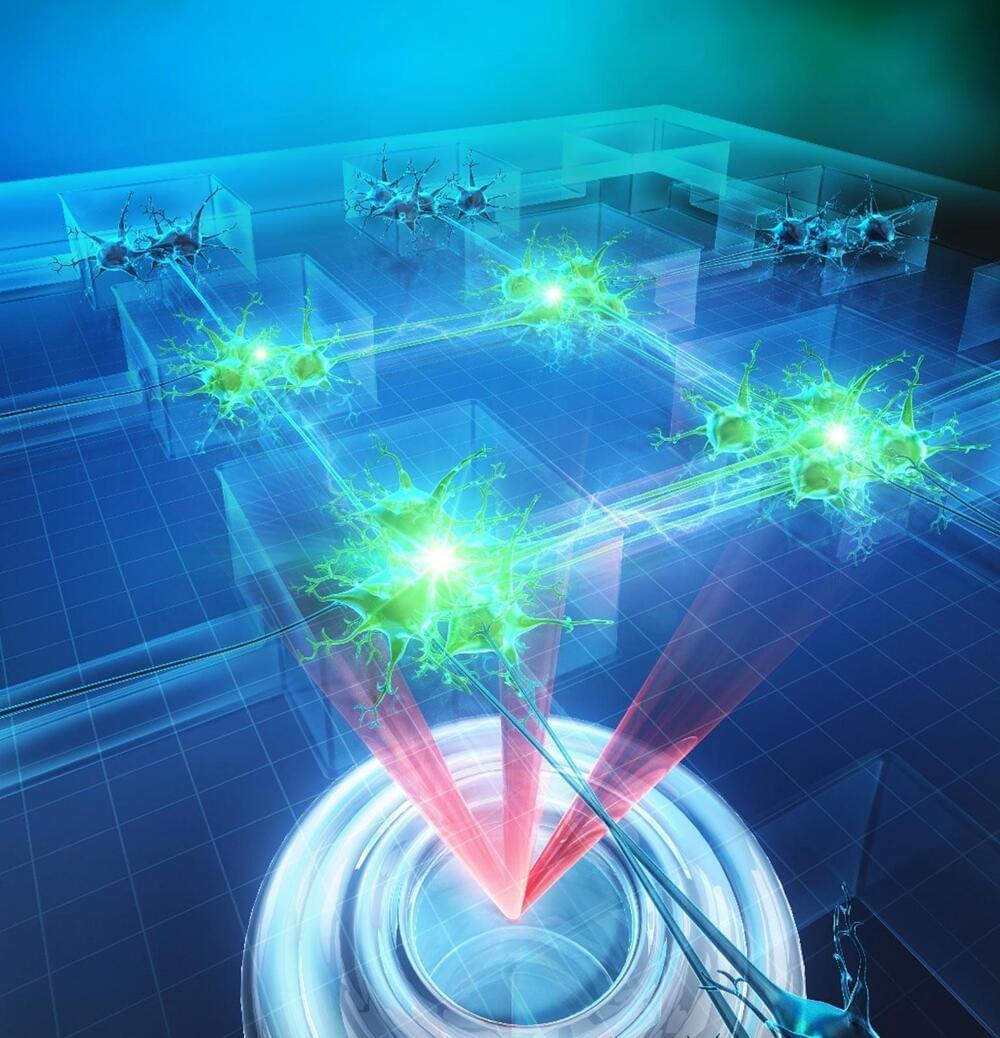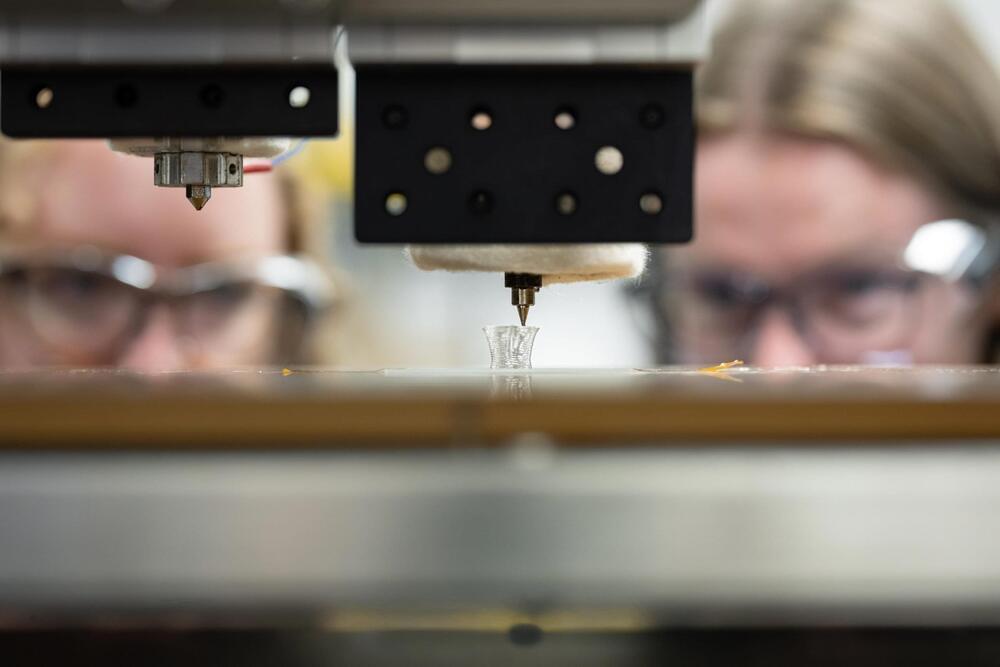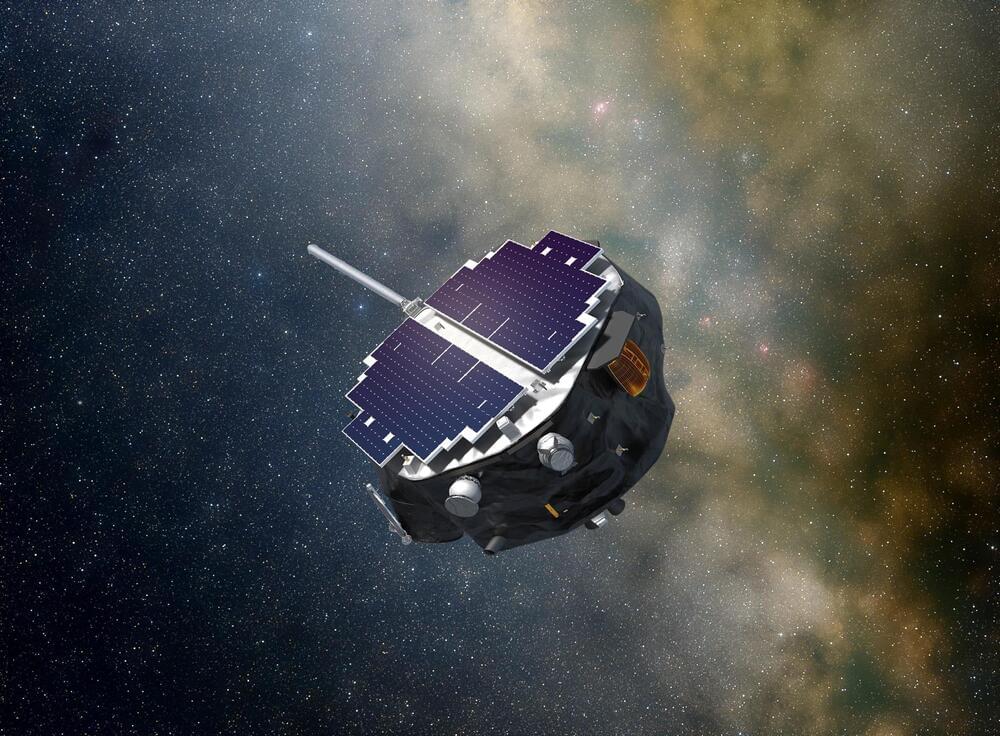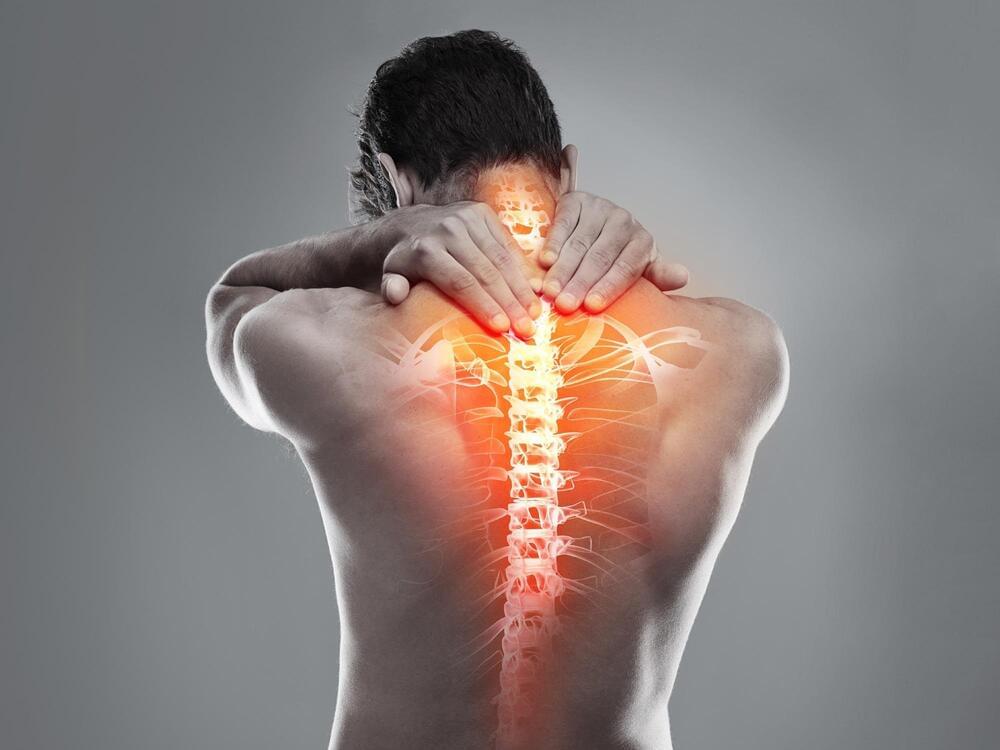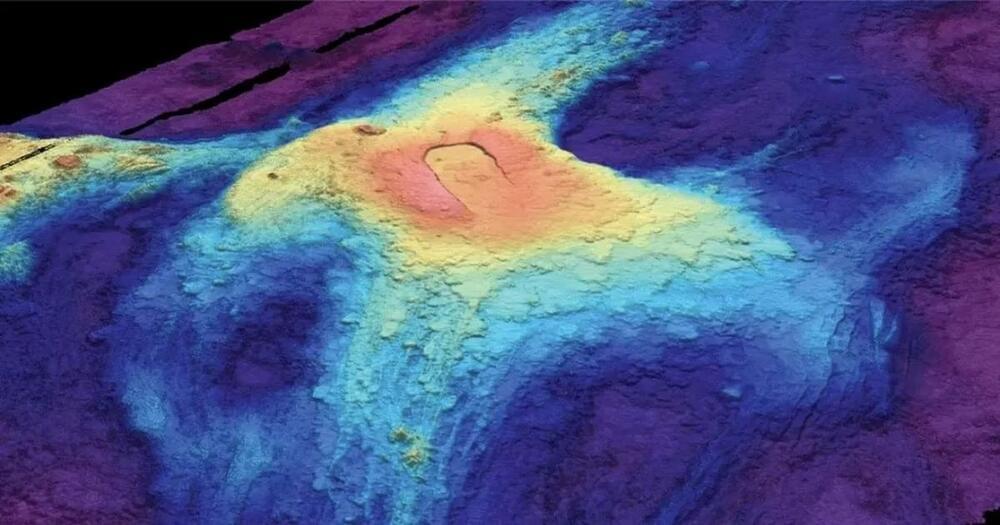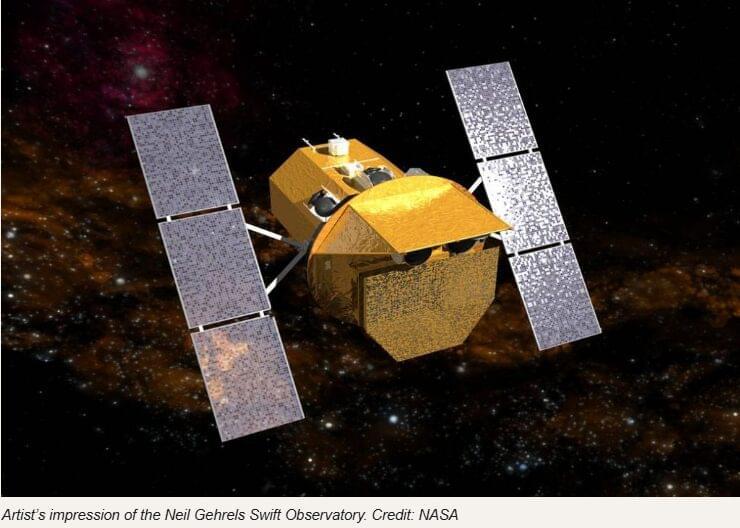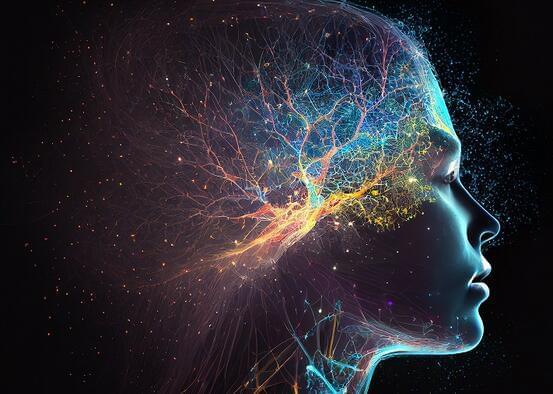Dec 30, 2024
Neuroscience Breakthrough: In-Vitro Neurons Exhibit Advanced Brain-Like Behavior
Posted by Saúl Morales Rodriguéz in categories: neuroscience, robotics/AI
Tohoku University scientists created lab-grown neural networks using microfluidic devices, mimicking natural brain activity and enabling advanced studies of learning and memory.
The phrase “Neurons that fire together, wire together” encapsulates the principle of neural plasticity in the human brain. However, neurons grown in a laboratory dish do not typically adhere to these rules. Instead, cultured neurons often form random, unstructured networks where all cells fire simultaneously, failing to mimic the organized and meaningful connections seen in a real brain. As a result, these in-vitro models provide only limited insights into how learning occurs in living systems.
What if, however, we could create in-vitro neurons that more closely replicate natural brain behavior?
